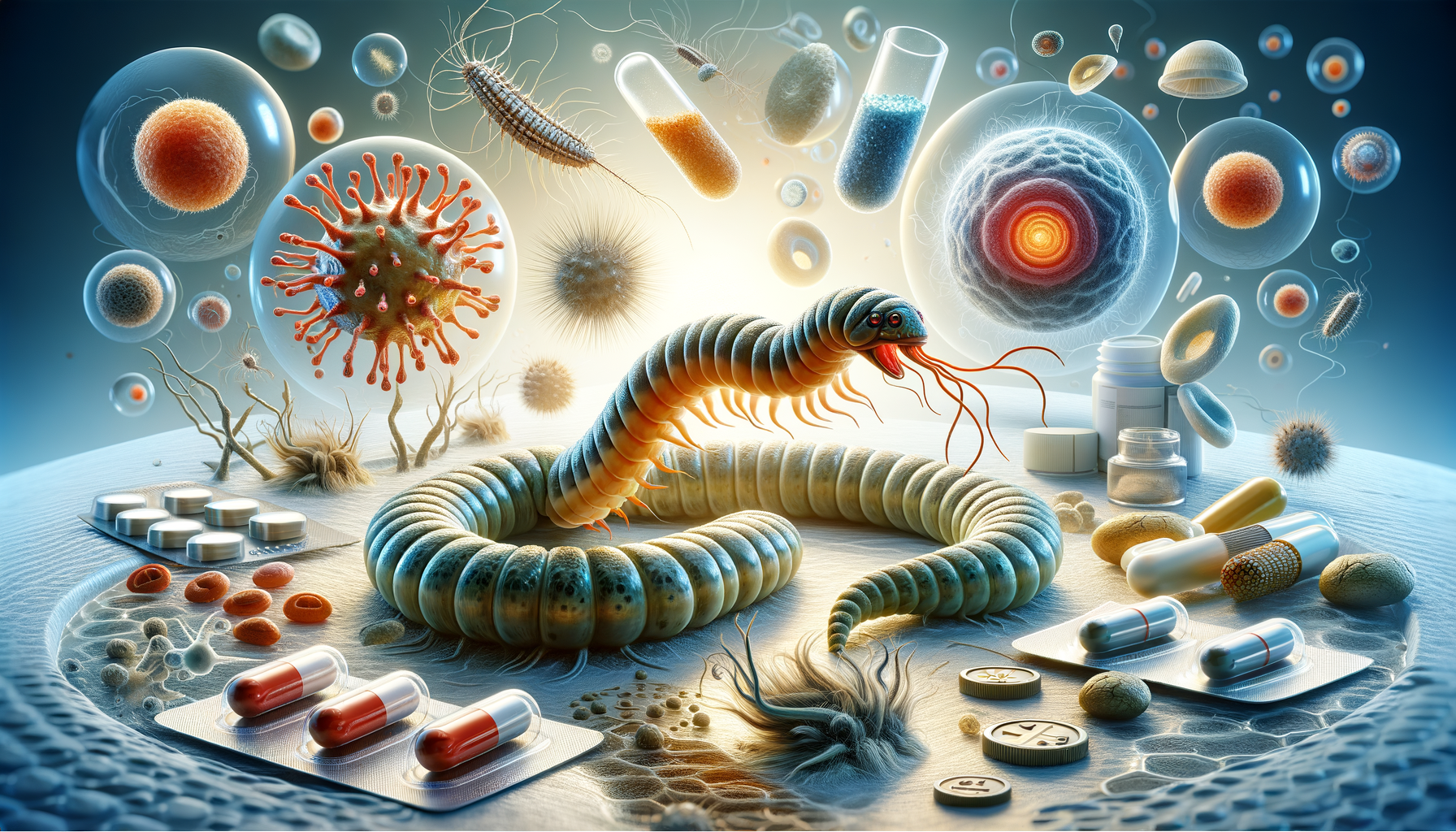Understanding Alopecia Areata and Its Triggers
Alopecia areata is an autoimmune condition where the immune system mistakenly attacks hair follicles, leading to hair loss that typically appears in small, round patches. While the exact cause is not fully understood, researchers have identified several contributing factors commonly referred to as Alopecia Areata Triggers. These triggers may include high levels of stress, genetic predisposition, hormonal imbalances, and environmental influences. In some individuals, a history of autoimmune disorders may increase the likelihood of developing alopecia areata.
It’s important to note that triggers can vary from person to person. Some people may experience flare-ups after a traumatic event or illness, while others may not identify a clear catalyst. Identifying your personal triggers can be a helpful step in managing the condition. Consulting healthcare professionals who specialize in autoimmune diseases can provide valuable insights into your specific case.
Common triggers to be aware of include:
- Severe emotional or physical stress
- Viral or bacterial infections
- Hormonal changes
- Exposure to certain chemicals or allergens
Being aware of these triggers can help in developing a proactive care plan and may support long-term management of alopecia areata.
The Role of Investigations in Diagnosis and Management
Early and accurate diagnosis is key to effective treatment. Alopecia Areata Investigations typically begin with a physical examination and medical history. Dermatologists may use a dermatoscope to examine the scalp and hair follicles more closely. In some cases, a scalp biopsy may be performed to rule out other types of hair loss.
Blood tests are also commonly used to detect Alopecia Areata Antibodies and other markers of autoimmune activity. These tests can help identify whether the immune system is targeting the hair follicles and whether there are other autoimmune conditions present. Investigations may also include thyroid function tests, vitamin and mineral panels, and inflammatory markers.
Proper diagnosis allows clinicians to customize treatment plans based on the severity and progression of the condition. It also opens up discussions about lifestyle changes, dietary adjustments, and stress management techniques that may support overall well-being.
Exploring Natural and Medical Treatment Options
Once a diagnosis is confirmed, the next step is to explore available treatments. The goal of treatment is often to reduce immune system activity and promote Alopecia Areata Regrowth. Options range from topical treatments to systemic therapies and natural remedies. Many people start with topical corticosteroids or immunotherapy to stimulate hair growth in affected areas.
Natural therapies are also gaining attention for their gentler approach. Some individuals report positive outcomes through alternative treatments like acupuncture, essential oils, and herbal supplements. Products such as Homyoxpert Alopecia Areata are formulated to support natural healing and may be considered as part of a holistic treatment plan, especially for those seeking non-invasive solutions.
Common treatment options include:
- Topical corticosteroids or immunosuppressants
- Platelet-rich plasma (PRP) therapy
- Minoxidil-based solutions
- Nutritional supplementation (e.g., zinc, biotin, vitamin D)
It’s essential to tailor treatments to individual needs and monitor progress over time. Not all treatments work for everyone, so patience and consistency are key.
Emotional and Social Aspects of Living with Alopecia Areata
Beyond the physical symptoms, alopecia areata can have a significant emotional and psychological impact. People dealing with this condition often face challenges related to self-image, confidence, and social interactions. Support from loved ones and mental health professionals can make a substantial difference.
Participating in support groups, whether online or in person, can help individuals share experiences and coping strategies. It’s also important to speak openly with healthcare providers about the emotional toll of the condition so that comprehensive care plans can be developed. Taking steps to manage stress—one of the identified Alopecia Areata Triggers—can also support emotional well-being and potentially reduce flare-ups.
Helpful practices may include:
- Mindfulness and meditation
- Cognitive behavioral therapy (CBT)
- Creative outlets such as journaling or art
- Regular physical activity
Addressing both physical and emotional needs is crucial for long-term recovery and resilience.
Monitoring Progress and Maintaining Hair Health
As treatment progresses, it’s important to keep track of changes in hair growth, scalp condition, and overall health. Regular check-ins with your healthcare provider help monitor the effectiveness of treatments and make timely adjustments. Signs of Alopecia Areata Regrowth often include the appearance of fine, white hairs in previously bald patches, followed by gradual thickening and darkening over time.
Maintaining a healthy scalp and body can support hair regrowth and reduce the risk of future episodes. This includes using gentle hair care products, avoiding excessive heat or harsh chemicals, and nourishing the body with a balanced diet. Staying informed about advancements in alopecia research also empowers individuals to explore new options as they become available.
To support ongoing recovery, consider:
- Using sulfate-free shampoos and conditioners
- Massaging the scalp to improve circulation
- Eating nutrient-rich foods high in protein and antioxidants
- Staying hydrated and getting adequate sleep
Consistency in care routines and attention to overall wellness are essential components of managing alopecia areata effectively.
Conclusion: Taking a Holistic Approach to Recovery
Alopecia areata can be a challenging journey, but with the right combination of medical insight, natural therapies, and emotional support, many individuals find paths to regrowth and resilience. Understanding your unique Alopecia Areata Triggers, undergoing thorough Alopecia Areata Investigations, and exploring both conventional and holistic treatments—such as Homyoxpert Alopecia Areata—can significantly improve outcomes. While there may be setbacks along the way, awareness and proactive management go a long way in restoring not just hair, but confidence and peace of mind. Whether you’re just starting to notice symptoms or are navigating long-term recovery, there are more options than ever to support your journey toward health and healing.




Leave a Reply